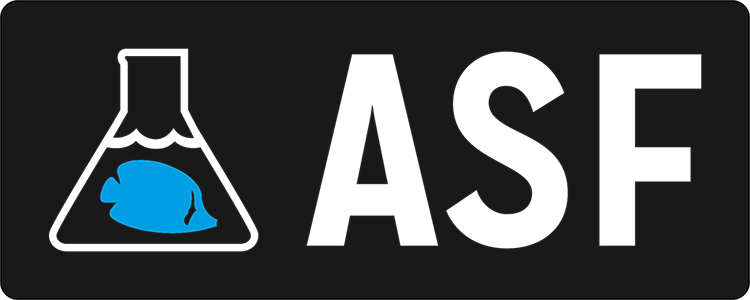Spinach is a nutritious leafy green, high in fibre and packed with vitamins and minerals such as vitamin A, B2, B6, B9, C, E, K1, iron, magnesium and calcium. Spinach is also considered a superfood containing a host of nutrients and antioxidants and is listed as having numerous other health benefits.
This is probably the most talked about reptile supplement in recent years, and rightly so, as it contains a wealth of nutrients with many benefits. It contains over 250 biologically active components and is rich in minerals and antioxidants.
This is an alga that we have specially grown for us. It is extremely nutrient dense, containing almost the full spectrum of B-vitamins which are essential to the health of the central nervous system and the brain. High in many other essential vitamins and minerals, the nutrients in spirulina are highly bioavailable and is easily broken down by the digestive system.
Containing all 9 of the essential amino acids, spirulina is high in net protein utilisation, meaning it is 85% - 95% digestible – with its amino acids being delivered to the body for almost instant absorption.
Natural Red Clay
Natural red clay, or Pelagic red clay, accumulates in the deepest and most remote areas of the ocean. It covers 38% of the ocean floor and accumulates more slowly than any other sediment type as they settled through the water column. These sediments consist of eolian dust, clay minerals, volcanic ash, residue of siliceous microfossils, accessory constituents found in red clay include meteorite dust and aquatic skeletal mass. These clays are very mineral rich and include a wealth of trace elements.
Papaya
Papaya is rich in fiber, Vitamin A, C, E and antioxidants like beta-carotene which helps prevent damage from free radicals.
Dunaliella Salina
This is a type of micro-algae, usually found in sea salt fields, revered for its antioxidant activity and its ability to create large amounts of high-quality carotenoids.
This is another alga that is grown exclusively for us under license by the French government in a protected area of outstanding natural beauty. It takes several months to grow and has a limit on how much can be harvested at any one time.
Due to the abundance of beta-carotene, which is a powerful antioxidant as well as a vitamin A precursor, D. Salina is a popular pro-vitamin A food supplement for both human and animal use.
Carotenoids act as antioxidants but are also crucial for eyesight by aiding clear vison and preventing damage by absorbing near ultraviolet and blue light.
The best-known carotenoid, carotene, give carrots their bright orange colour. The pink colour of flamingos and salmon come from carotenoids. Flamingos, salmon, shrimp and lobsters get their pigments from consuming algae or algae eaters.
Silicic acid
Silicic acid is a natural compound of the mineral substance silicon and oxygen. It can bind to a variety of harmful and toxic substances, including pathogens. This renders them harmless so that they can be removed naturally through the intestines and out of the body.
Silicic acid exists naturally in seawater as well as sand, quartz and even the human body. Orthosilicic acid is found in tissues, bones, tendons, kidneys and the liver, and is necessary for life.
This mineral content is also available in food sources such as beets, brown rice, bell peppers, soybeans, alfalfa, leafy green vegetables such as kale and whole grains.
Mango
Although we use mango mainly as a natural attractant it also contains a wealth of nutrients and antioxidants.
Mangos contain over 20 different vitamins and minerals, one serving provides 35% of your daily vitamin A, 100% of your daily vitamin C, and 10% of your daily vitamin B6.
Ref. * Gupta RK, Gangoliya SS, Singh NK. Reduction of phytic acid and enhancement of bioavailable micronutrients in food grains. J Food Sci Technol. 2015;52(2):676‐684. doi:10.1007/s13197-013-**0978-y Oonincx, D.G.A.B., van Keulen, P., Finke, M.D. et al. Evidence of vitamin D synthesis in insects exposed to UVb light. Sci Rep 8, 10807 (2018). https://doi.org/10.1038/s41598-018-29232-w






